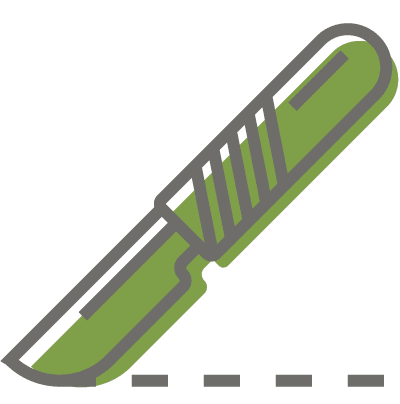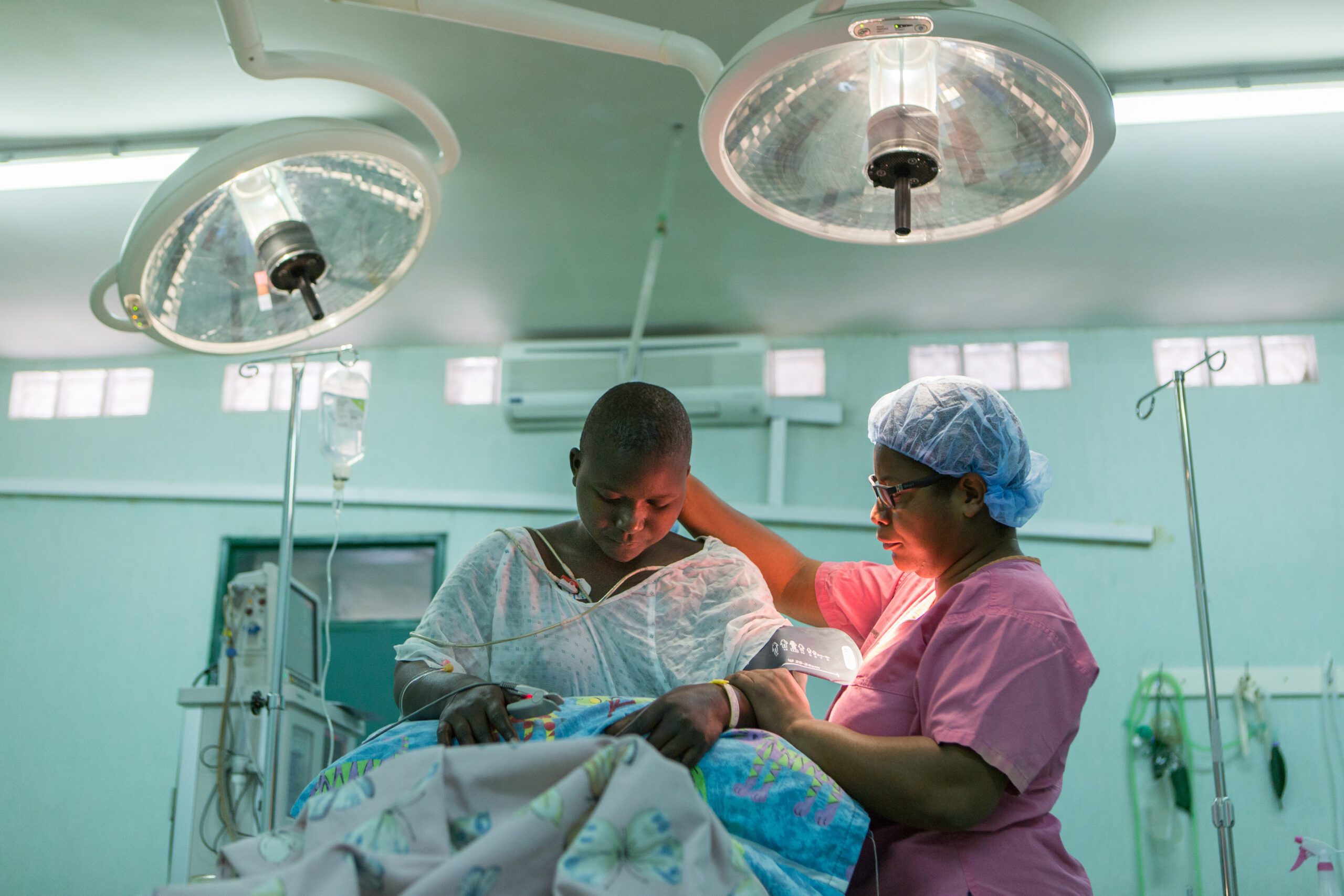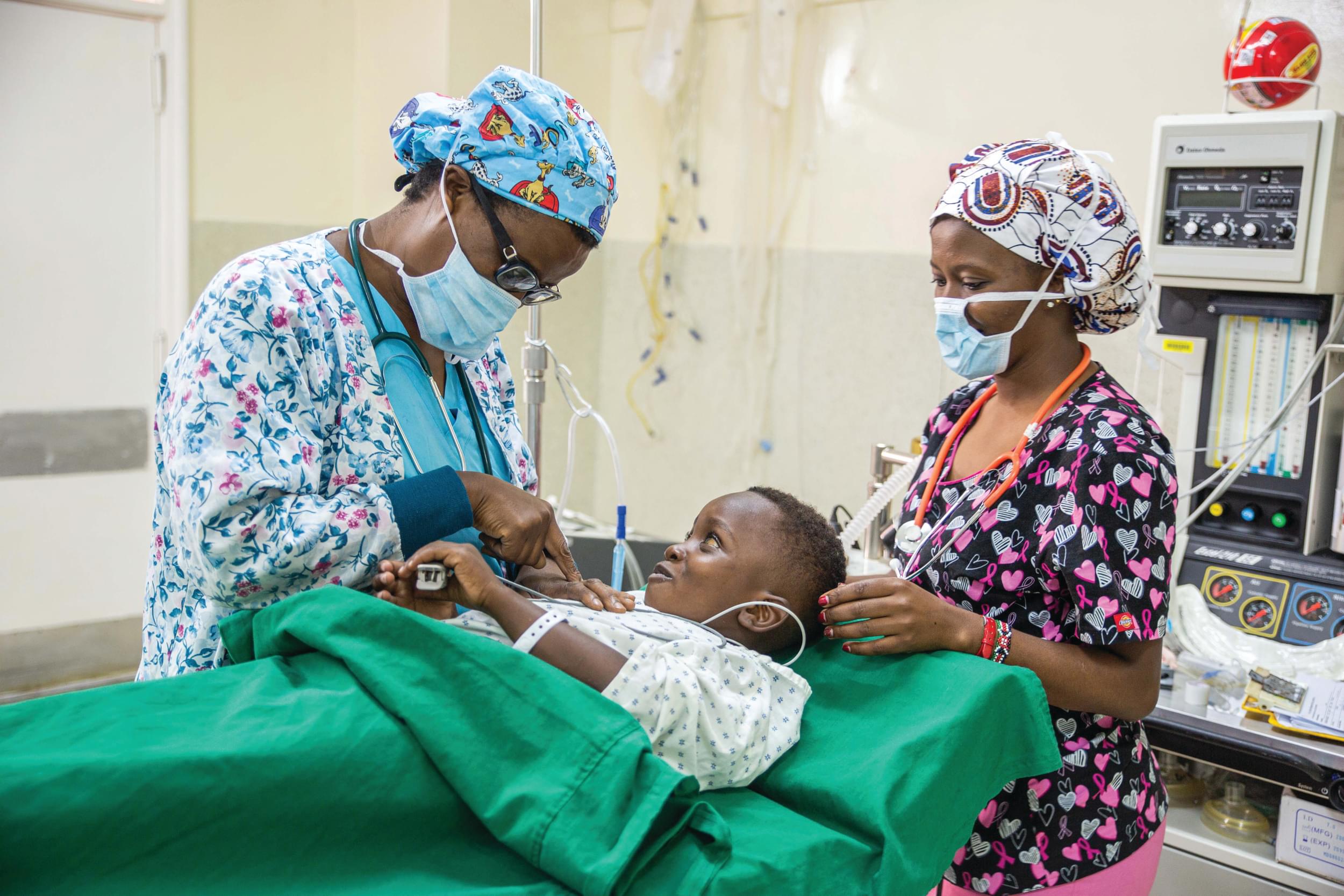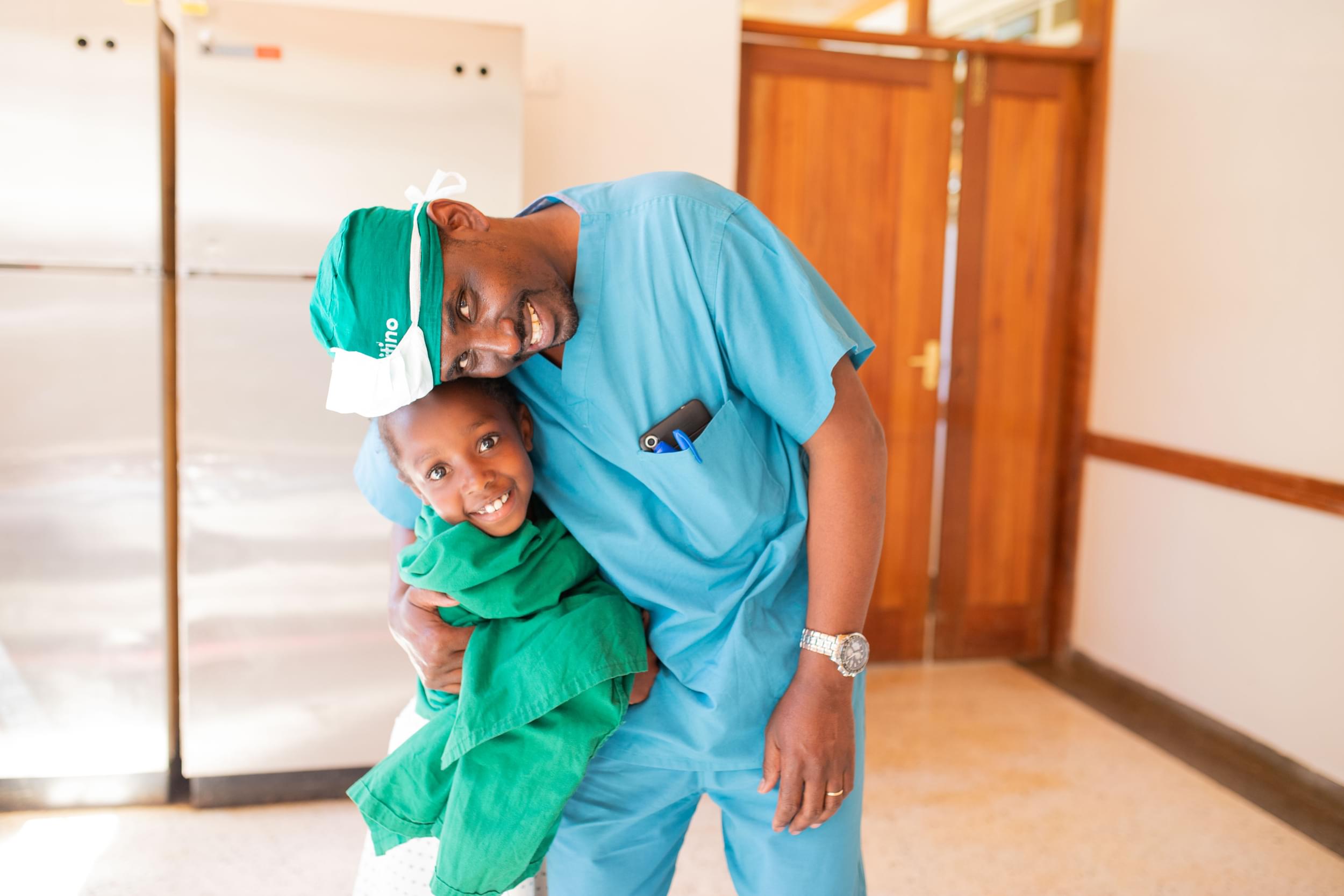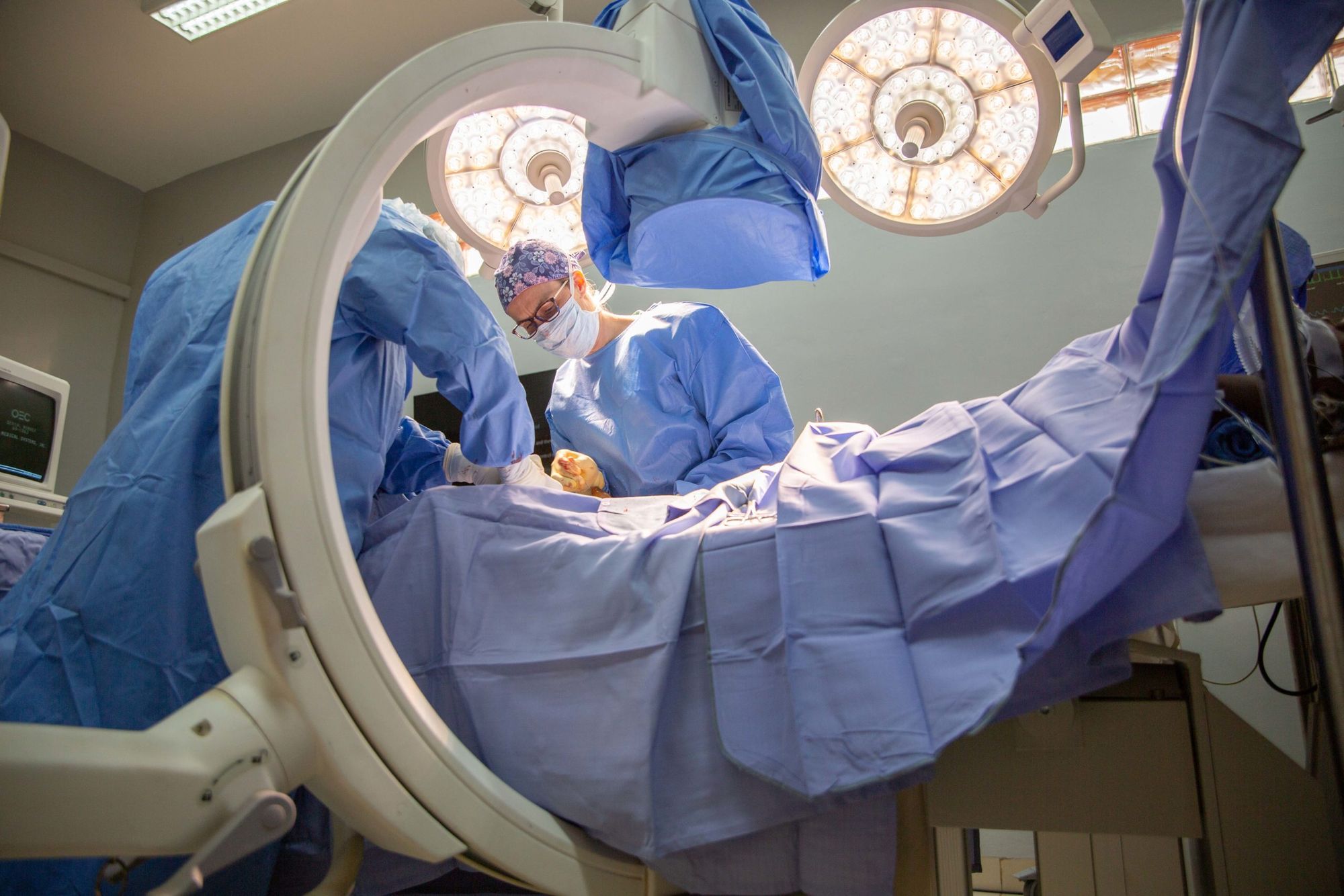Osteogenesis Imperfecta (Brittle Bone Disease)
Osteogenesis imperfecta, commonly known as brittle bone disease, is a lifelong genetic condition affecting the body’s ability to make collagen protein, causing fragile and brittle bones. Without the right amount of collagen, bones are weak and highly susceptible to trauma, causing frequent fractures and breaks. Common symptoms of the condition are frequent broken bones, gradual bending of the leg and arm bones, short stature, weak muscles, and, in time, loss of the ability to walk.
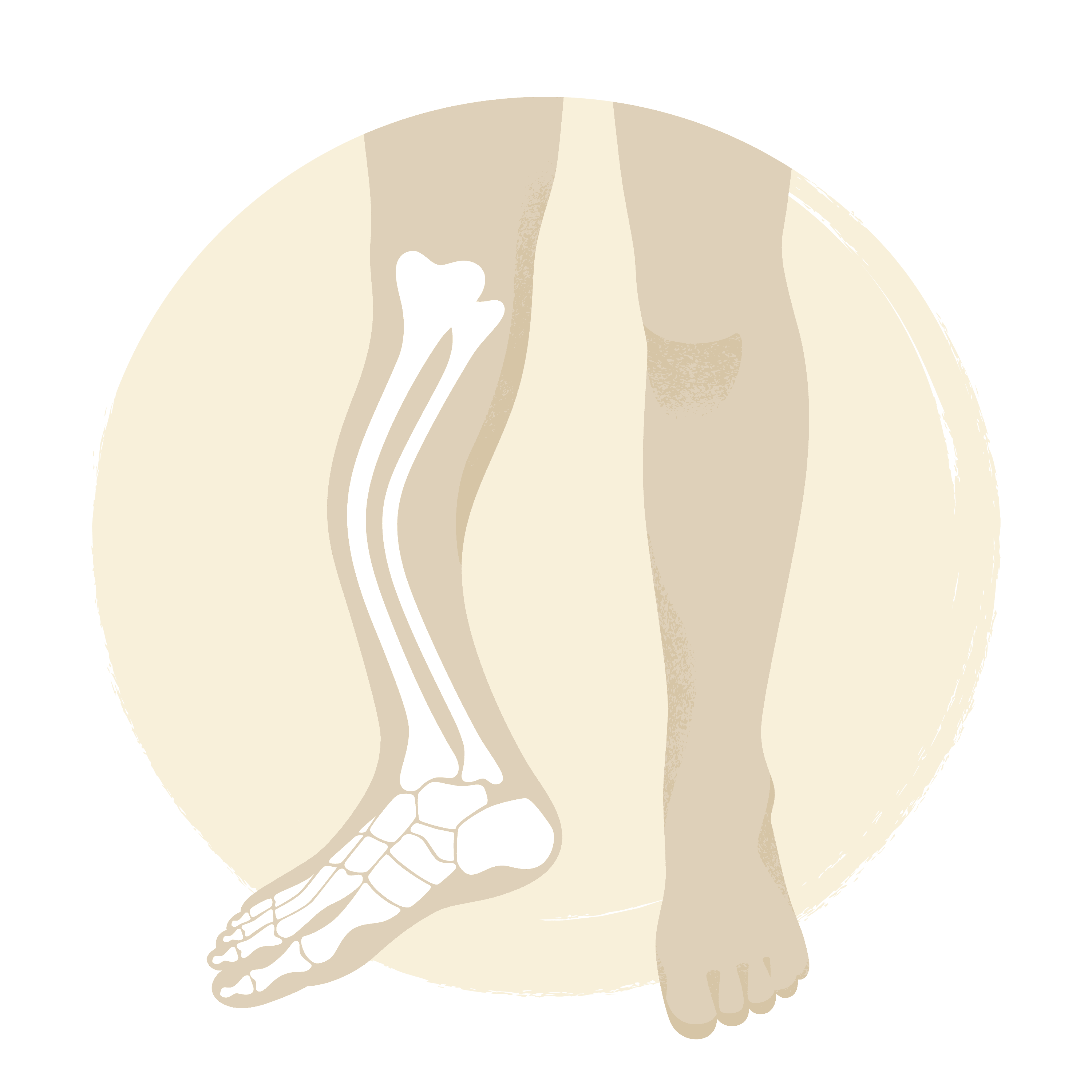
What issues to children with osteogenesis imperfecta (brittle bone disease) face?
Without medical intervention, children with brittle bone disease can face a lifetime of disability.
Discrimination
Children with frequent broken bones are vulnerable to bullying and exclusion.
Limited Mobility
Children can lose the ability to walk, preventing them from attending school.
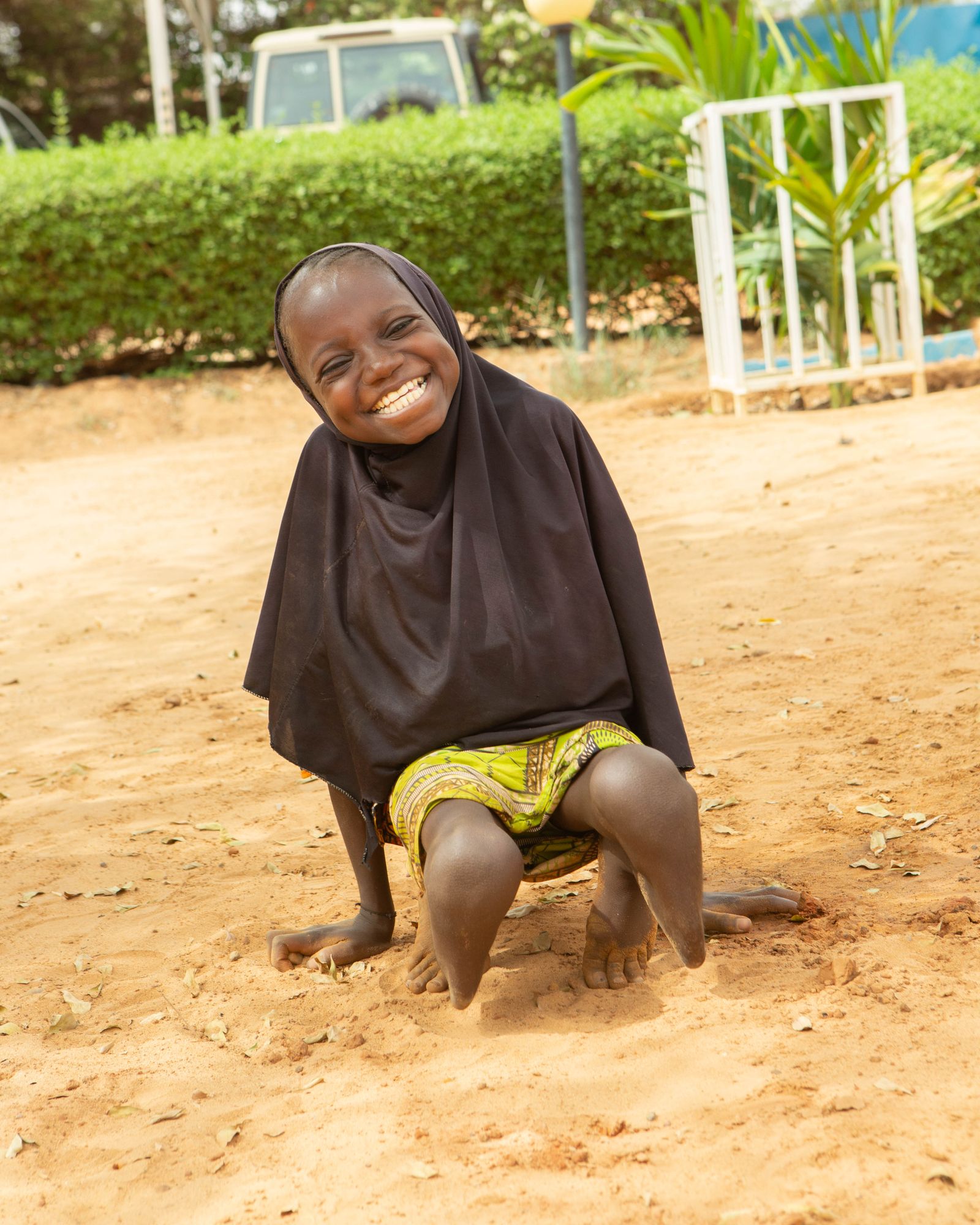
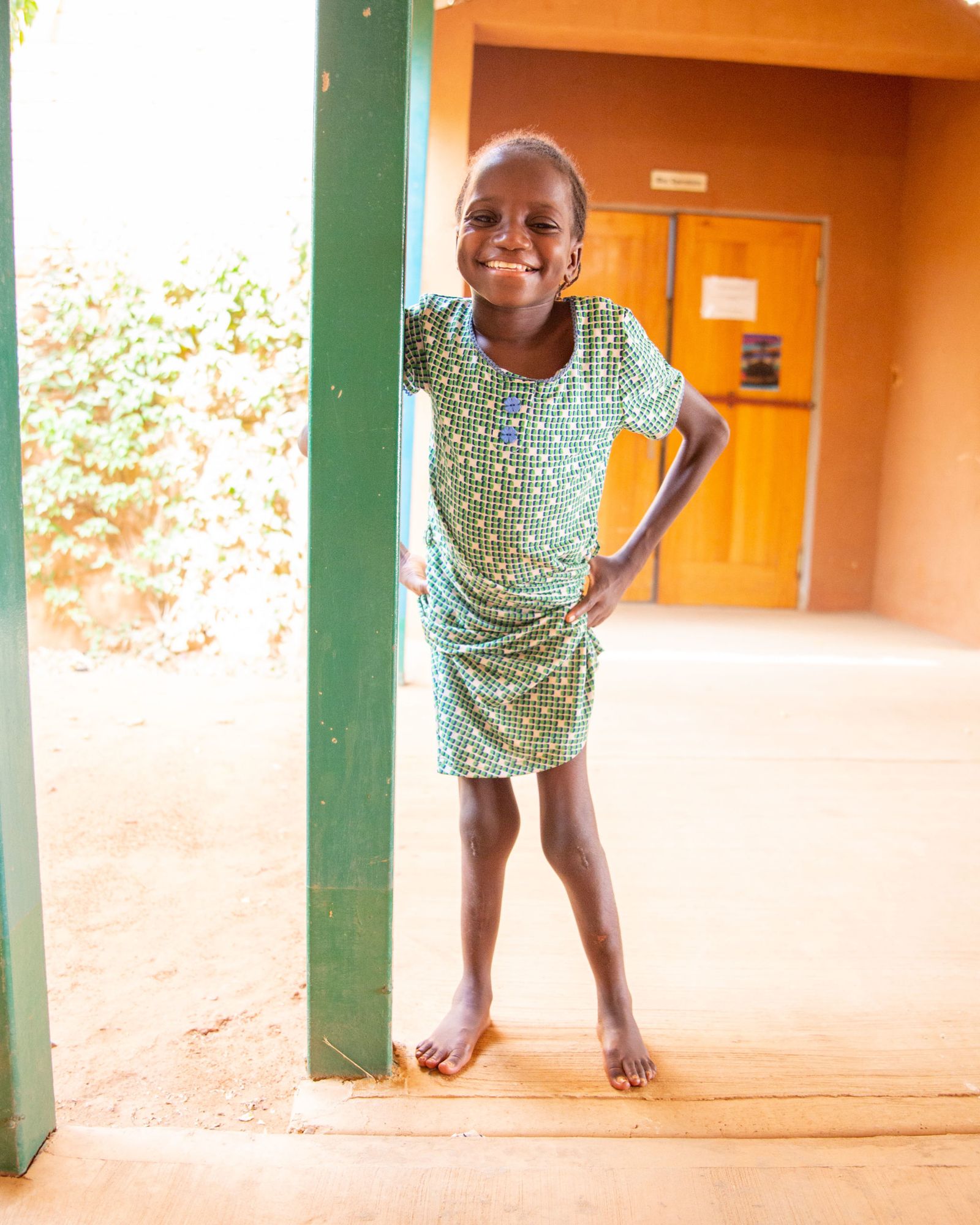
CUREkid Spotlight, Brittle Bone Disease
Farida | CURE Niger
Before Surgery
Farida is one of three sisters in her family born with brittle bone disease. The condition prevents Farida from walking, attending school, or pursuing her dream of becoming the best tailor in her village. A local partner referred the sisters to CURE’s hospital.
After Surgery
Farida and her sisters spent months at CURE receiving surgeries, physical therapy, and recovering in our long-term care ward. CURE’s ministry team shared the gospel message, and all three sisters put their faith in Jesus! Today, Farida and her sisters are walking tall, active in their community, and sharing the good news with their friends.

“If there is not early intervention on children like Farida with osteogenesis imperfecta, chances are they will lose the ability to walk. With osteogenesis imperfecta, the goal is to keep the child walking, to protect the bone from breaking all the time so that they can walk, and also decrease the number of fractures that they have in a lifetime.”
— Dr. Shelley Oliver, Orthopedic Surgeon and Farida’s doctor


